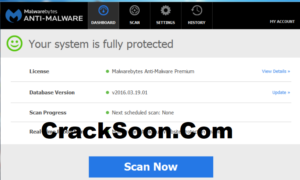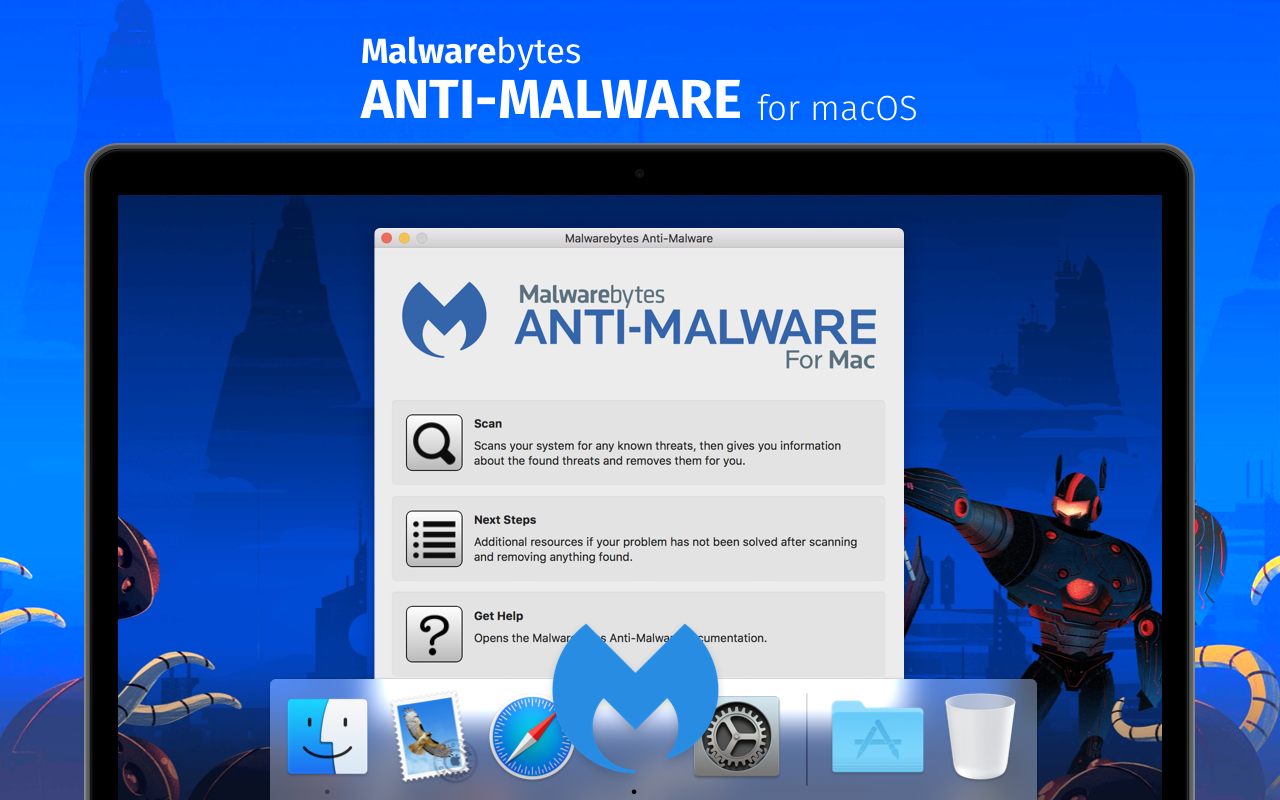


By the end of 2017, the Malwarebytes intel team counted 270 percent more unique threats on the Mac platform than in 2016. In fact, Malwarebytes saw more Mac malware in 2017 than in any previous year. In the last few years, a growing number of active threats have targeted the Mac operating system. “Malwarebytes saw more Mac malware in 2017 than in any previous year.” Despite this, there are still tech pundits who recklessly advise against taking even basic security precautions, such as installing a cybersecurity program. Another thing protecting Macs is the fact that they’re less popular than PCs, but that doesn’t stop some hackers from targeting Macs. By design, the Mac operating system is more secure against the threat of viruses and malware, but there are still plenty of ways for malware to find its way in.

While it’s true Macs are more secure than PCs, they’re still vulnerable to viruses, and they always have been. Apple itself even reassured its customers for years that Macs “don’t get viruses.” It even said so in a series of commercials that first aired in 2006. Historically, Mac fans have touted their platform as immune to the kinds of data attacks and other hostile intrusions that plague the Windows world. Since then, the group has been found leveraging two more ransomware families called Maui and H0lyGh0st as a way to generate a constant stream of illicit revenue, painting a picture of a financially motivated group that's using a wide array of methods to meet the regime's operational objectives.If you’re a Mac user, you get mixed messages about whether viruses and other malicious software pose a bona fide threat. In May 2022, Trellix uncovered overlaps between four ransomware strains, viz BEAF, PXJ, ZZZZ and CHiCHi, and another ransomware known as VHD that surfaced in 2020 as part of the threat actor's multi-platform malware framework called MATA. government back in 2019, has further diversified its tactics by dipping its toe in the world of ransomware.

The advanced persistent threat actor, which is already in the crosshairs of international authorities after having been sanctioned by the U.S. Last month, it came to light that the $620 million Axie Infinity hack attributed to the collective was the result of one of its former employees getting duped by a fraudulent job opportunity on LinkedIn. "The Operation Dream Job is basically an umbrella covering Operation In(ter)ception and Operation North Star," ESET malware researcher Dominik Breitenbacher told The Hacker News. Join our webinar and learn how to stop ransomware attacks in their tracks with real-time MFA and service account protection. Learn to Stop Ransomware with Real-Time Protection


 0 kommentar(er)
0 kommentar(er)
